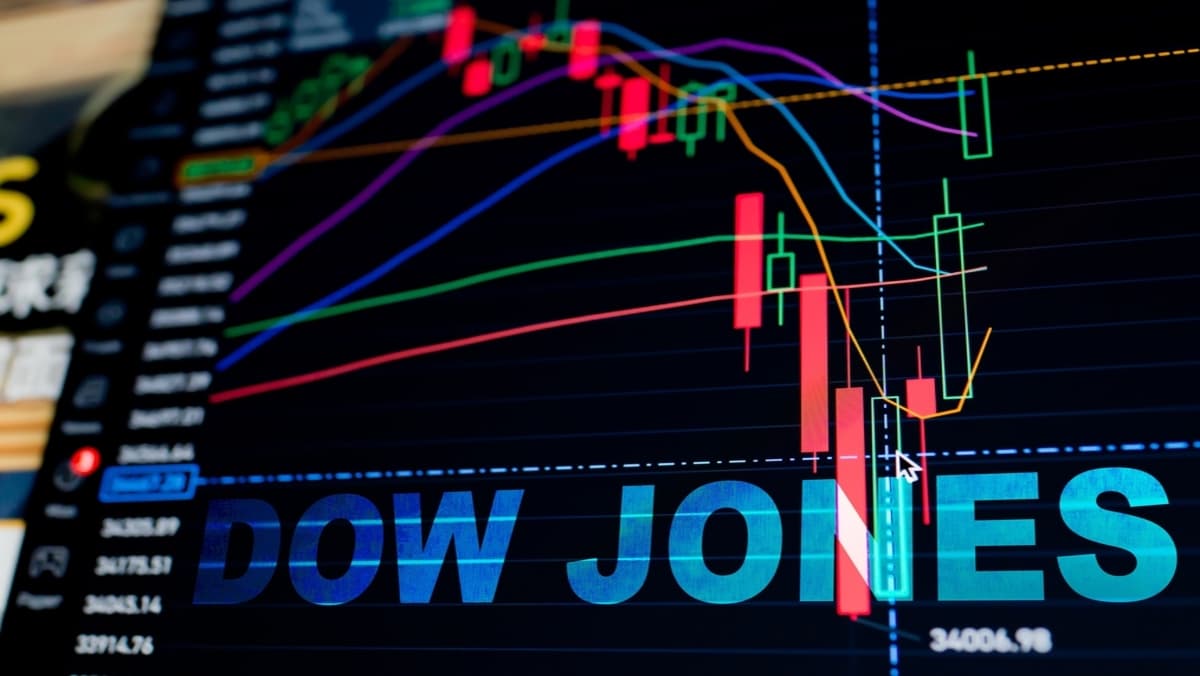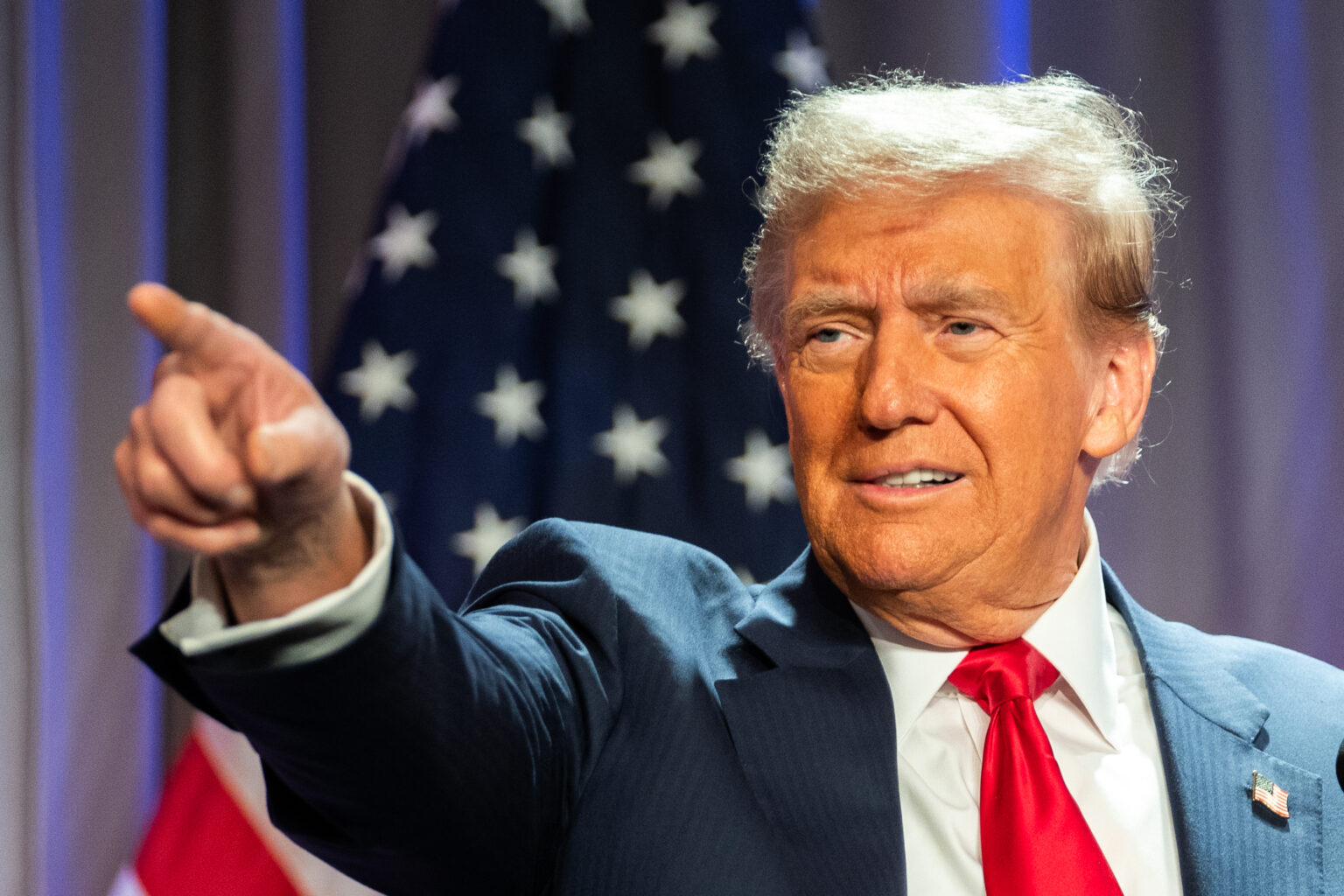Gold Recovers On Fed Rate Cut Expectations, But Gains Remain Cautious Amid Macro, Geopolitical Factors

Linh Tran
Gold posted a modest rebound for the second consecutive session, closing yesterday’s trading around $3,355/oz as market sentiment was bolstered by expectations that the Federal Reserve (Fed) will begin cutting interest rates in September.
The weakening U.S. dollar and a slight decline in U.S. Treasury yields have increased gold’s appeal as an alternative store of value. This reflects growing confidence that monetary policy will shift toward easing, thereby creating a more favorable environment for non-yielding assets such as gold.
Following the release of the July CPI report, the market recorded more encouraging signs than anticipated. Headline CPI rose by +0.2% MoM, lower than June’s +0.3%. Meanwhile, core CPI—excluding food and energy prices—rose more sharply by +0.3% MoM. In addition, data from the U.S. Bureau of Labor Statistics (BLS) showed that the labor market has weakened significantly, with previous months’ job gains revised sharply lower. Specifically, the number of new jobs in May–June was cut from 291,000 to just 33,000, marking a steep drop that underscores a genuine slowdown in employment conditions.
The combination of slowing headline CPI, persistently high core inflation, and a markedly weaker labor market has strengthened the view that the Fed will soon begin its rate-cutting cycle. Currently, markets are pricing in roughly a 90% probability of a rate cut in September, compared to about 57% a month ago. This outlook has put downward pressure on the U.S. dollar, enhancing gold’s attractiveness as a hedge against inflation and currency depreciation.
However, gold’s rebound remains limited as macroeconomic risks have temporarily eased. The environment traditionally seen as “ideal” for gold—characterized by trade tensions and geopolitical conflicts—has yet to generate fresh momentum. On the trade front, recent progress in U.S.–China relations, particularly the signing of a second 90-day tariff suspension agreement, has helped reduce defensive positioning in the market, thereby tempering gold’s safe-haven role.
Investors are also closely watching Friday’s meeting between U.S. President Donald Trump and Russian President Vladimir Putin. Should the talks make meaningful progress toward a Ukraine ceasefire agreement, global risk appetite could increase, exerting downward pressure on gold. Conversely, if the negotiations fail or new disputes arise, gold would likely benefit from heightened safe-haven demand—especially given the Fed’s current tilt toward monetary easing.
Overall, in the near term, gold may continue to trade cautiously before confirming a new trend, with its trajectory heavily dependent on the movement of the U.S. dollar, bond yields, and upcoming macroeconomic and geopolitical developments. While rate-cut expectations remain the primary supportive factor, their impact will be moderated by shifts in global risk sentiment and the outcomes of key international negotiations.
Tran is Market Analyst at XS.com






